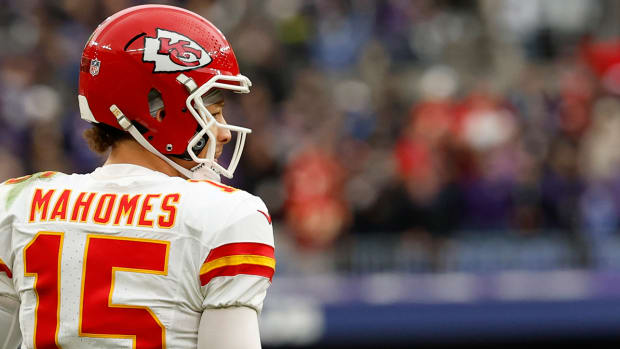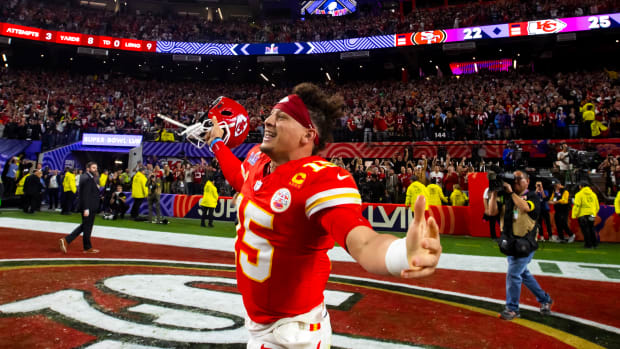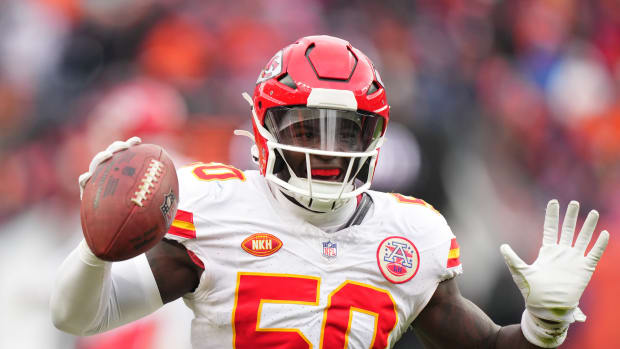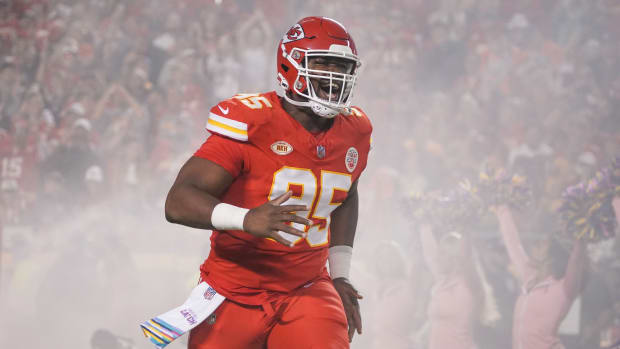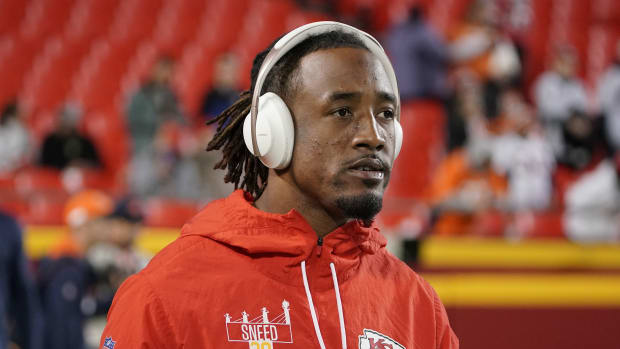New OC Has Renewed Focus On Run Game For Chargers
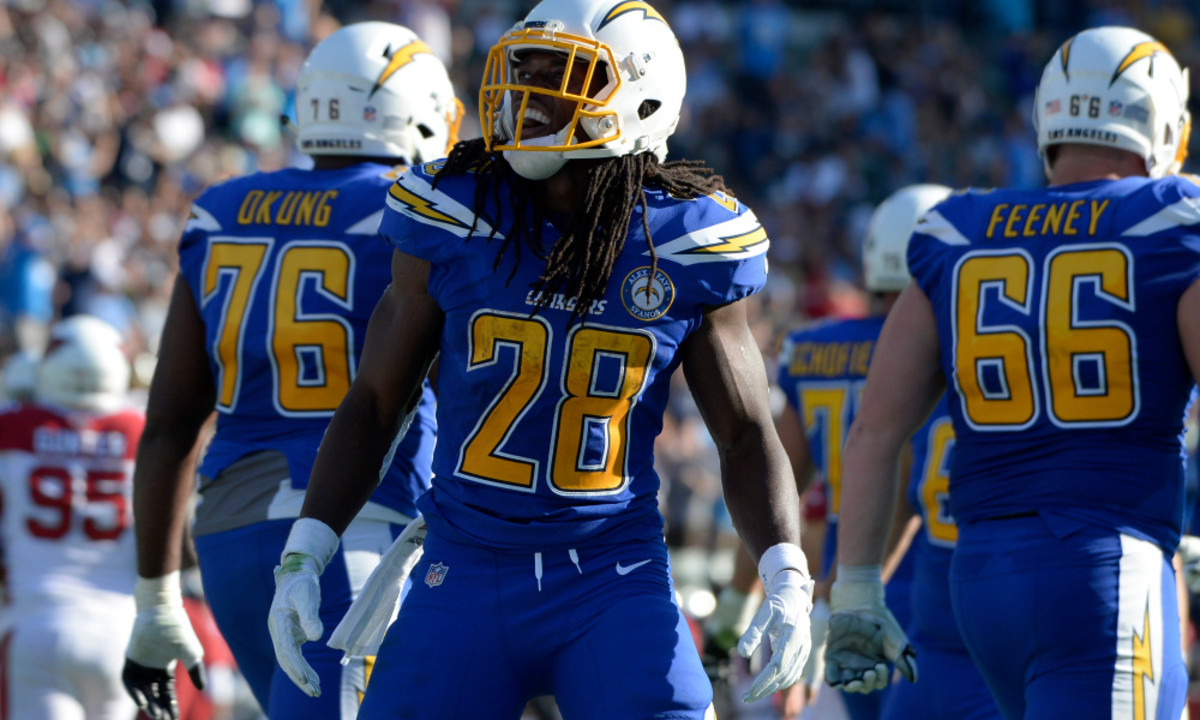
Offensive Breakdown
Los Angeles runs a majority of their snaps with 11 personnel (1 running back and 1 tight end). They have a zone heavy rushing attack, and an experienced passing attack that isn’t afraid to go deep early and often. The Chargers offense has undergone some changes since Shane Steichen replaced Ken Whisenhunt at Offensive Coordinator following the game against the Chicago Bears. Steichen has brought a renewed focus on the run game, leading to his offense rushing for over 100 yards in both games he has been in the lead role. The main playmakers for the Chargers’ offense are quarterback Philip Rivers, receiver Keenan Allen, tight end Hunter Henry, and running backs Melvin Gordon and Austin Ekeler.
Gordon is the main guy out of the backfield, using his strength and contact balance to run through tackles and gain extra yardage after contact. The new OC has made it a point to feed Gordon, with 20 carries against the Packers and 22 against the Raiders last week, to go along with 4 total receptions between the two weeks. He does most of his damage outside the tackles, where he has a size advantage on the defenders trying to bring him down. Ekeler has become the change of pace and receiving back since Gordon’s return from his holdout. His elusiveness and acceleration make him a threat to break a big run anytime he touches the ball.
Rivers is a very experienced, gunslinger at quarterback. While his throwing motion is a little unorthodox, it doesn’t hamper his ability to get the ball out to his playmakers. Allen creates separation with his fantastic route running, and is able to catch just about everything thrown his way. He isn’t a burner, but can still have chunk plays with his talent after the catch. Henry is a massive mismatch weapon, using his size and strength to dominate defenders, and his soft hands to reel in passes.
Stopping The Offense
The Chargers must have built their headquarters on an ancient Indian burial ground with the rash of injuries they seem to have every single year. They have placed 2 starting receivers, 1 starting guard, 1 starting center, 1 backup receiver, and 2 backup tight ends on injured reserve, and will be without both starting tackles, another backup receiver, and a backup running back for this game, along with a host of star defensive players that have made their way to injured reserve.
With all of the injuries, 4 of the 5 starting offensive linemen for the Chargers at the beginning of the year will be out this week. That’s not great news for an offensive line unit that was already struggling to block anybody. The 2 backup tackles can be used and abused, both unable to come up with an answer on how to stop the dip and rip technique. Trent Scott has trouble with spin moves, speed rushers that he doesn’t get his hands on quickly, and defending his inside shoulder after getting a deep pass set. Left guard Dan Feeney can also be driven back with a solid bull rush. With all the new faces on the line, twist and stunts, particularly against the left side of the line, should cause confusion and create pressure on Rivers. Despite all his experience, Rivers doesn’t handle pressure well, and is turnover prone whenever he constantly feels under attack. The Chiefs have to take advantage of this and force him to panic and give the ball away. Kansas City should also consider playing a safety as a robber near the goal line, with his eyes focused on the trips side of the formation, looking for an in breaking route. The slant is a go to route near the goal line for the Chargers, and the Raiders were able to use the robber to intercept a couple of passes last week deep in the red zone, although penalties wiped away at least one of the interceptions.
Setting the edge is the key to bottling up the run game. Gordon is at his best when he can stretch the defense wide, pick a gap, and dart through it. Defenses will start to over pursue throughout the game, which lets Gordon cut back where there are less defenders. So if the playside edge defender can set the edge and force an early cutback, there will be less wiggle room for Gordon to exploit. It’s also vital that the backside edge defender keeps his shoulders square to the line of scrimmage, and shuffles down the line behind the play, waiting for the cutback.

